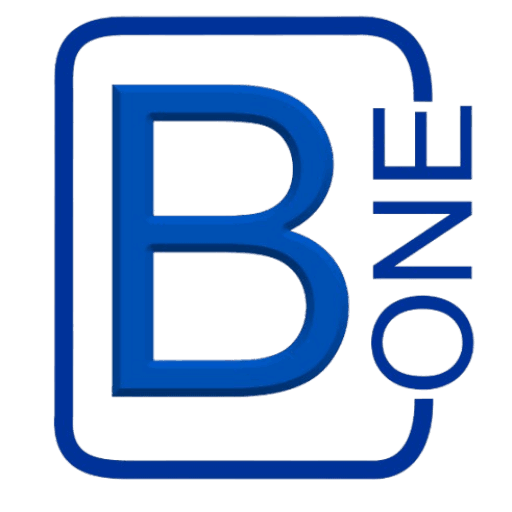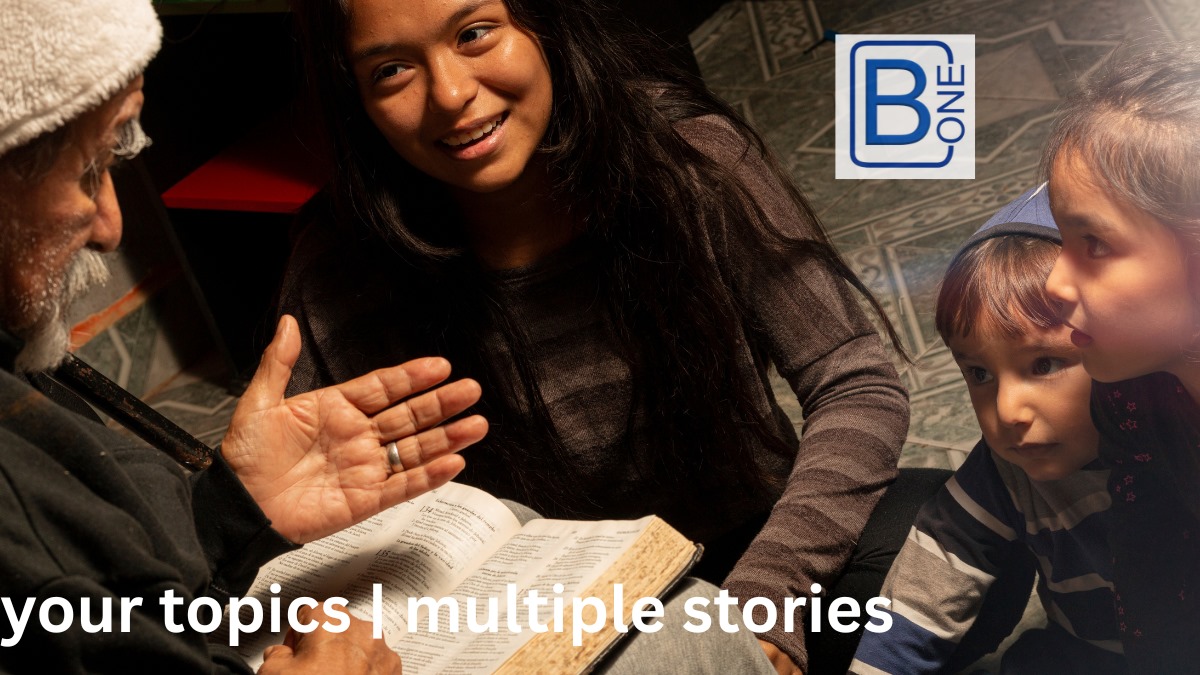In a world that thrives on information, the sheer breadth of available content is both a blessing and a challenge. With the rise of digital media and personal storytelling, we are no longer limited to the perspectives of traditional news outlets or publishing houses. Today, everyone has a voice, a platform, and a story. This democratization of storytelling has given rise to a compelling concept: your topics | multiple stories. At its core, this phrase symbolizes the multifaceted nature of modern narrative culture, where a single theme can give birth to numerous, often contrasting, human experiences.
This article dives deep into the phenomenon of “your topics | multiple stories,” exploring its origins, implications, and the future of storytelling. It aims to show how this approach enriches dialogue, fosters empathy, and reflects the diversity of human thought and experience.
The Evolution of Storytelling
Before the internet and social media, storytelling was largely a top-down affair. News organizations, publishers, and media corporations determined which stories were told and how they were framed. The reader, viewer, or listener played a passive role, accepting narratives that were often shaped by cultural norms, editorial bias, or commercial interest.
However, the digital revolution shifted that dynamic dramatically. With the rise of platforms like blogs, YouTube, podcasts, Instagram, and TikTok, the barriers to entry were dismantled. Suddenly, your topics weren’t confined to the realm of experts or professional journalists—they belonged to everyone. This brought forth multiple stories for every single topic imaginable, offering a richer, more inclusive view of reality.
The phrase your topics | multiple stories encapsulates this paradigm shift. It’s no longer just about what is being talked about; it’s about how many different angles, lived experiences, and voices can contribute to the discussion.
Why “Your Topics | Multiple Stories” Matters
The value of this concept lies in its ability to challenge monolithic narratives. Let’s break down its key benefits:
1. Representation and Inclusion
Historically, many voices were marginalized or completely silenced. Stories from indigenous peoples, LGBTQ+ communities, immigrants, people with disabilities, and others were either excluded or grossly misrepresented. With today’s open platforms, these groups can now tell their own stories, on their own terms. That’s the power of your topics | multiple stories—it decentralizes narrative authority.
For instance, a topic like “mental health” used to be discussed through clinical or academic lenses. Now, personal accounts shared through blogs or videos allow others to relate, understand, and find comfort. Each of these contributions becomes a thread in a larger, more inclusive narrative tapestry.
2. Empathy Through Multiplicity
When we hear only one version of a story, our understanding remains narrow. But when a single topic—say, immigration—is explored through the personal stories of a Syrian refugee, a U.S. border patrol agent, a social worker, and a second-generation immigrant, the picture becomes nuanced and humanized.
This multiplicity encourages empathy. It reminds us that every issue affects real people in vastly different ways. In that sense, “your topics | multiple stories” becomes a vehicle for emotional and intellectual expansion.
3. Countering Misinformation
In an age of rampant misinformation and polarized media, hearing multiple perspectives on the same topic can help people discern truth more effectively. While some fear that this pluralism leads to confusion, the opposite can be true: when curated thoughtfully, multiple stories provide context, contradiction, and clarity.
Let’s take the COVID-19 pandemic as an example. While mainstream media reported the broad strokes, it was through the individual stories of nurses, patients, teachers, and small business owners that the true complexity emerged. These stories counteracted oversimplified narratives and filled in critical details.
Your Topics in Action: Examples Across Fields
To illustrate the versatility and power of your topics | multiple stories, let’s explore several domains where this concept plays a transformative role.

Health and Wellness
Health isn’t one-size-fits-all. While the overarching topic might be “living with chronic illness,” the individual stories of patients with lupus, fibromyalgia, or Crohn’s disease differ wildly. They include cultural stigmas, access to healthcare, emotional resilience, and social isolation. Platforms like The Mighty and Healthline amplify these voices, creating communities rooted in shared understanding.
Climate Change
Climate change is often discussed in scientific or policy-driven terms. But what about the farmers losing crops, the Pacific Islanders watching their land vanish, or the youth activists organizing school strikes? Each of these is a unique story under the same umbrella topic. Together, they add emotional urgency and real-world context to what could otherwise be an abstract issue.
Entrepreneurship
The startup journey isn’t always glamorous, and one founder’s story can be radically different from another’s. A tech entrepreneur in Silicon Valley, a woman starting a bakery in a small town, and a refugee launching a mobile service in a developing country each bring different challenges, victories, and lessons. Again, one topic—entrepreneurship—yields multiple stories that redefine success, failure, and innovation.
Digital Platforms Driving Narrative Diversity
The rise of storytelling platforms has accelerated the realization of your topics | multiple stories.
YouTube and TikTok
Short-form videos on TikTok and long-form storytelling on YouTube have created massive opportunities for diverse voices. From disability awareness channels to cultural cooking series, these platforms let creators address personal and social issues in ways that are visually engaging and emotionally resonant.
Podcasts
Podcasts have become a hub for deep, nuanced storytelling. Shows like This American Life, Ear Hustle, or The Moth excel at showcasing diverse perspectives on shared human experiences. Each episode may focus on a central topic, but the inclusion of multiple stories gives it weight and authenticity.
Independent Blogs and Substacks
Blogs and newsletters have allowed writers to explore niche topics with depth and dedication. Unlike mainstream media, these spaces often prioritize voice over clicks. As a result, readers can engage with subjects like neurodiversity, adoption, or post-prison reintegration in ways that are personal and profound.
Challenges and Responsibilities
While the your topics | multiple stories model is powerful, it isn’t without challenges.
Information Overload
With so many stories being told, how do we sift through the noise to find meaning? Not every story will resonate, and not every perspective holds equal merit. Curation becomes key. Responsible journalism and platform algorithms must ensure that diverse voices are amplified without overwhelming audiences.
Echo Chambers
Sometimes, having many stories doesn’t equate to hearing them all. People tend to consume content that aligns with their existing beliefs. Without intentional effort, this can lead to echo chambers, where diversity of perspective is illusionary.
Authenticity and Ethics
Not all stories are told with integrity. Some are fabricated, exaggerated, or shared without consent. As the barriers to entry fall, so does the gatekeeping that once enforced (albeit imperfectly) ethical standards. The responsibility now lies with both creators and consumers to uphold honesty, transparency, and respect.
Educational and Societal Impact
In education, the your topics | multiple stories approach has revolutionized curriculum design. Teachers now use multimedia resources to present multiple cultural perspectives on history, literature, and science. Students are encouraged not just to learn about topics but to explore them through varied lenses.
In politics and social reform, this model fosters better policy-making. Lawmakers and advocates who engage with diverse constituent stories can design laws that are more responsive, humane, and effective.
Future Outlook: What’s Next for Storytelling?
The rise of AI-generated content, virtual reality, and immersive media points to a future where stories are even more interactive and personalized. Imagine exploring climate change not just through articles but through virtual simulations of flooded cities narrated by real residents. Or understanding PTSD by walking through a digital recreation of a veteran’s experience.
These technologies have the potential to elevate your topics | multiple stories to new heights—turning empathy into embodiment, and understanding into action.
However, as we step into this future, the human element remains irreplaceable. Authenticity, vulnerability, and the emotional truths embedded in lived experience will continue to be the most compelling forms of storytelling.
Conclusion
The concept of your topics | multiple stories represents a seismic shift in how we perceive and share information. It acknowledges that truth is rarely singular and that the richness of human experience can’t be captured by one narrative alone. By embracing this multiplicity, we foster a more empathetic, informed, and connected society.
As storytellers, readers, listeners, and viewers, we must champion this model. We must seek out stories that challenge our assumptions, amplify voices different from our own, and remind us that no topic is ever truly complete without hearing from the many who live it in unique ways.
Whether you’re a creator or a consumer of content, remember: every topic has more than one story. Make room for all of them. That’s where the magic lies.
for more interesting blogs visit website: bartowfirst






Leave a Reply